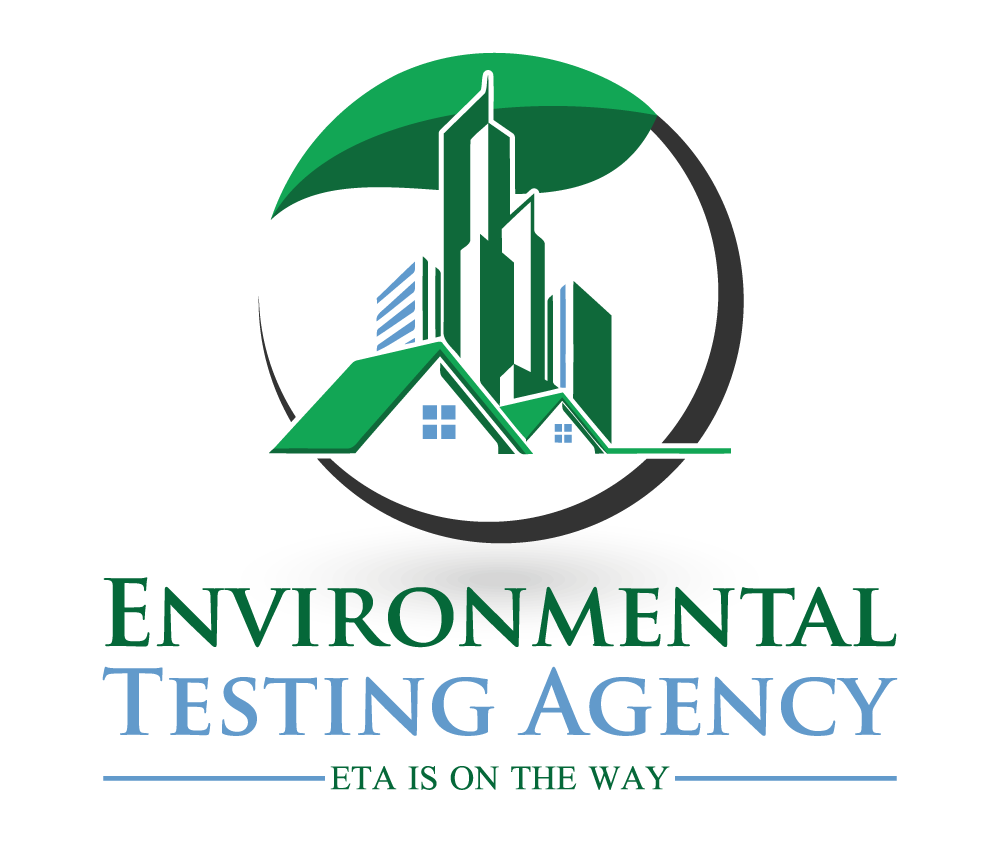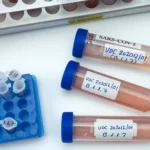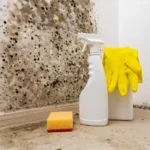Lead Toxicity: A Silent Threat in Our Environment and Health
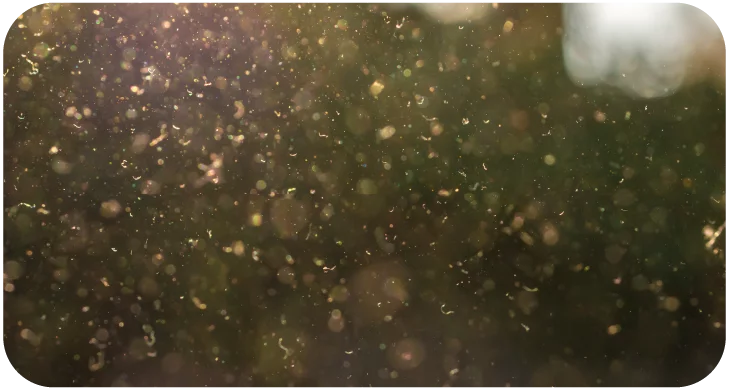
Lead toxicity has come way back in time. But first, let’s talk about it in general terms. Lead, a heavy metal with atomic number 82, has been a part of human civilization for thousands of years. Its applications have been vast, from being used in ancient plumbing systems to being an additive in gasoline. But with its widespread use comes a significant caveat: its toxic nature. Let’s embark on a journey to understand the basics of lead toxicity, where it’s found, and how it affects our health and environment.
What is Lead?
Lead is a naturally occurring bluish-gray metal found in small amounts on the Earth’s crust. Historically, lead was used extensively due to its malleability, density, and low melting point. It’s been used in various products, from paint to batteries, cosmetics, and toys. The metal can be found in all parts of our environment, primarily due to human activities.
Lead Toxicity Exposure: Common Sources
- Paint: Before the 1970s, many paints contained lead. Buildings and homes painted before this period might still have lead-based paint, posing a risk when it chips or deteriorates.
- Plumbing: Lead pipes and solder were once standard fixtures in homes, leading to the potential contamination of drinking water.
- Cosmetics: Some cosmetics, especially those manufactured outside the U.S., may contain lead.
- Soil: Years of using leaded gasoline and other industrial activities have left lead residues in the ground, which can be easily ingested or inhaled, especially by children playing outdoors.
- Occupational Settings: Industries such as battery manufacturing or recycling plants can expose workers to elevated lead levels.

Lead’s Impact on the Environment
Lead in the environment can have a profound effect:
- Soil Contamination: Lead can remain in soil for many years. It can affect plant growth and ultimately enter the food chain.
- Water Contamination: Lead leaching from old pipes can contaminate water sources. This is not just a concern for human health but also for aquatic life.
- Airborne Lead: From industrial processes and previous use in gasoline, lead can become airborne, contaminating air quality and falling as particulate matter to further contaminate the ground.
- Wildlife: Animals ingesting lead-contaminated food or water can suffer from neurological disorders, reproductive failure, and even death.

Health Implications of Lead Exposure
- Children: Even low levels of lead in blood can affect IQ, attention span, and academic achievements. Lead exposure can also cause anemia, hearing problems, and behavioral issues.
- Adults: Chronic exposure can lead to high blood pressure, heart disease, kidney malfunction, and fertility problems.
- Pregnant Women: Lead can accumulate in body tissues and bones. During pregnancy, it can be released, affecting fetal development.
Symptoms of Lead Poisoning
Fatigue, irritability, loss of appetite, stomach discomfort, reduced attention span, insomnia, and constipation. Severe cases can lead to seizures, coma, or death.

Solutions and Recommendations
For a company like ETA Mold in Florida, understanding lead’s implications is vital, especially when dealing with property and environmental assessments:
- Regular Inspection: Regular checks for lead-based paints or plumbing are crucial for older properties.
- Awareness Programs: Hosting community awareness programs about the dangers of lead and its sources can be beneficial.
- Lead Abatement: Encourage property owners to undertake lead abatement processes if lead sources are identified.
- Advocate for Greener Practices: Support and advocate for industries adopting environmentally friendly practices that minimize lead release.
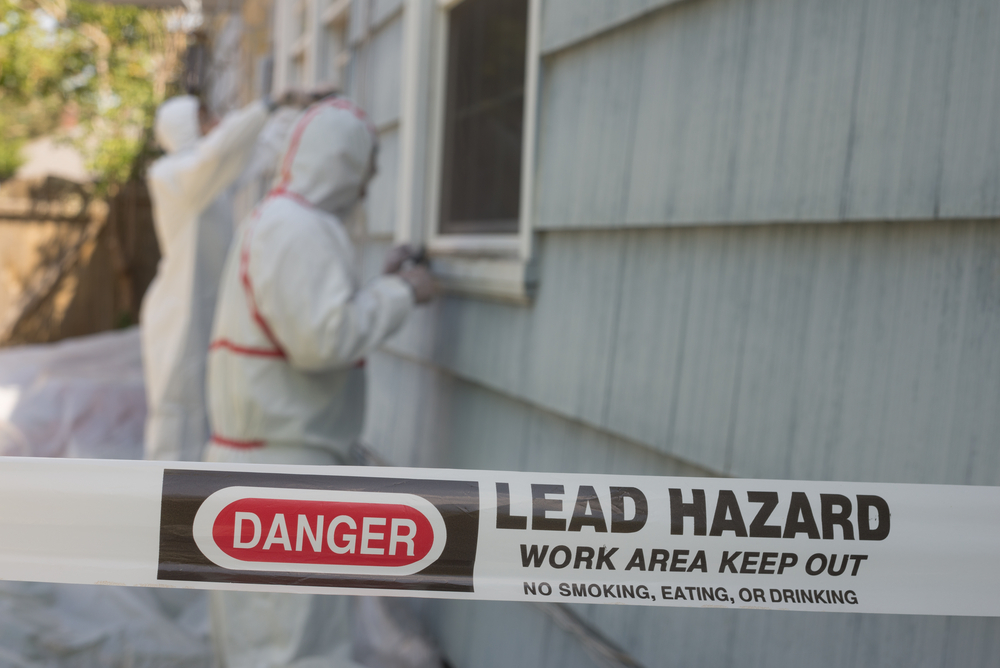
Conclusion
Though a natural element, lead becomes a dangerous adversary when introduced into our surroundings in large amounts. Its stealthy presence in various facets of our environment can lead to severe health implications. Being informed, proactive, and advocating for a cleaner, lead-free environment should be everyone’s priority, including businesses like ETA Mold in Florida. Together, we can combat lead toxicity and ensure a safer, healthier future for future generations.



